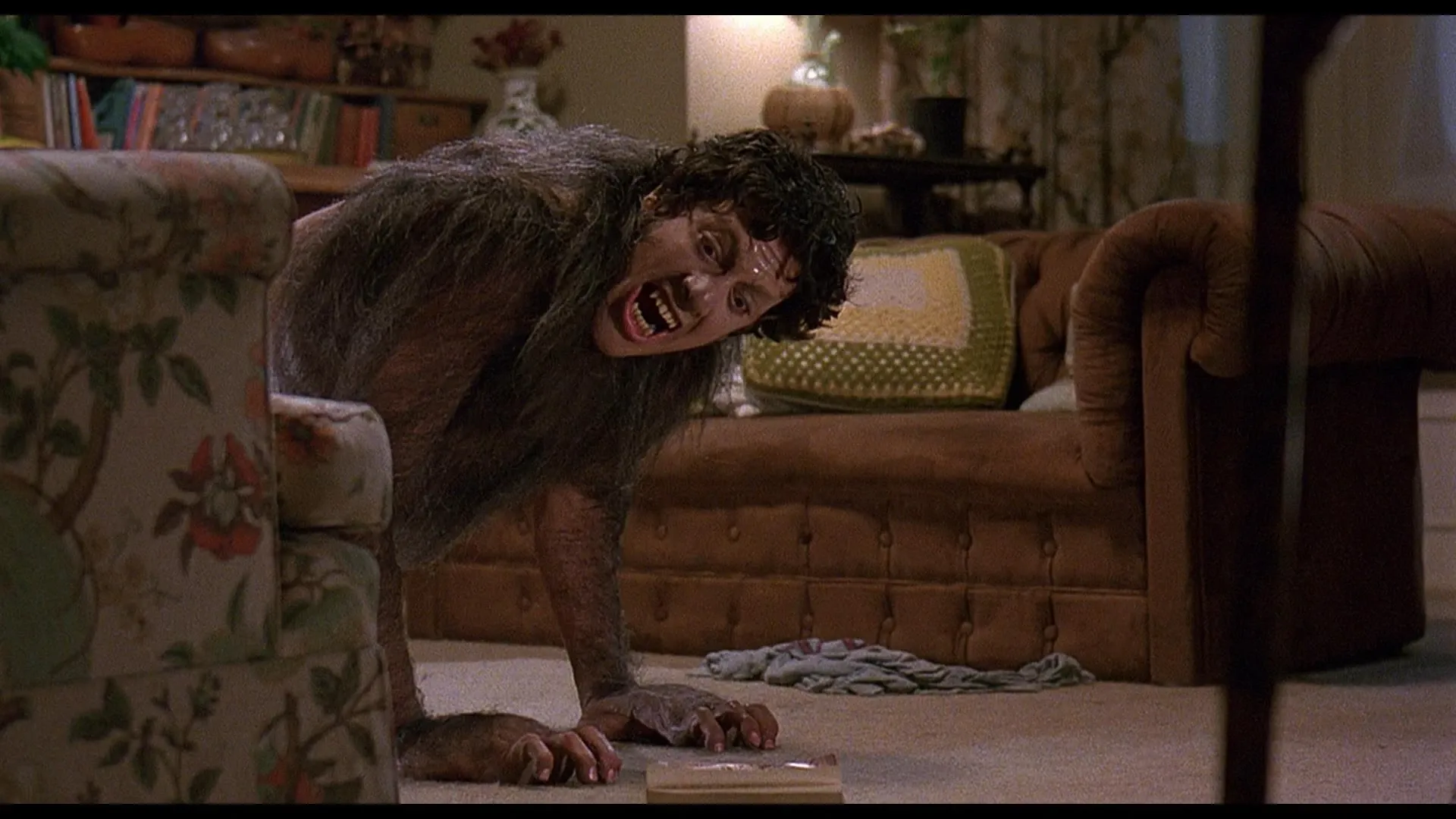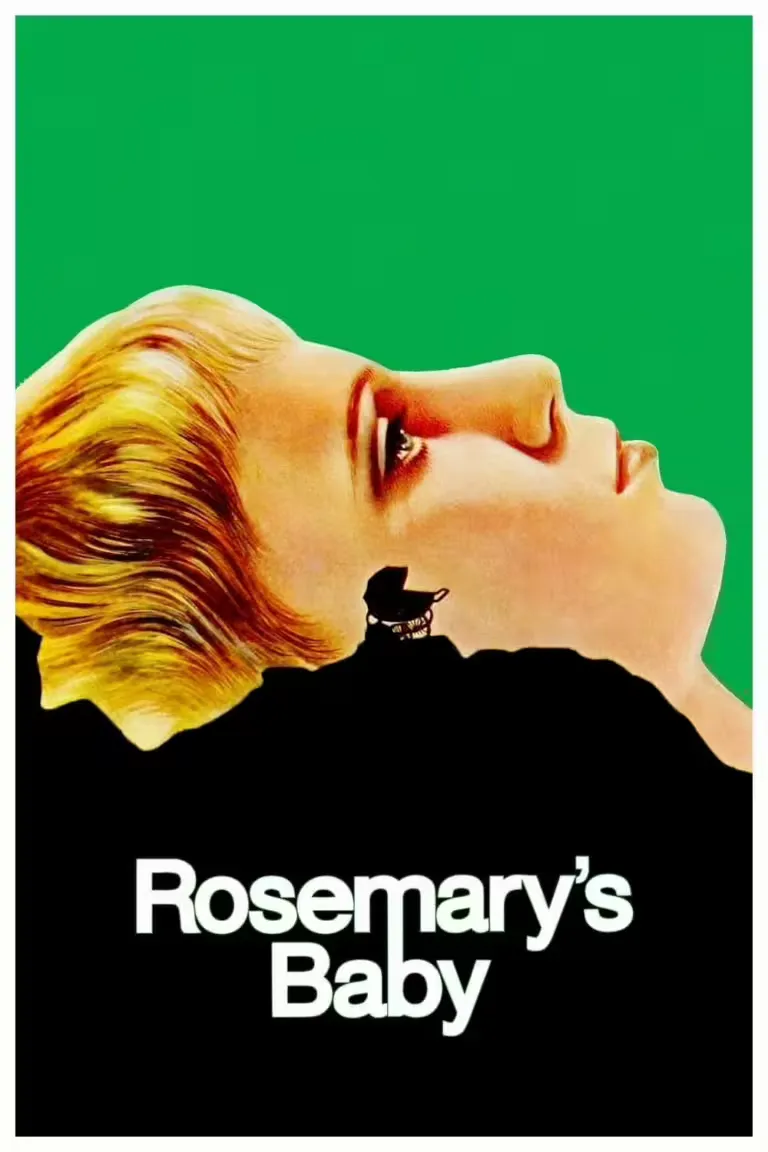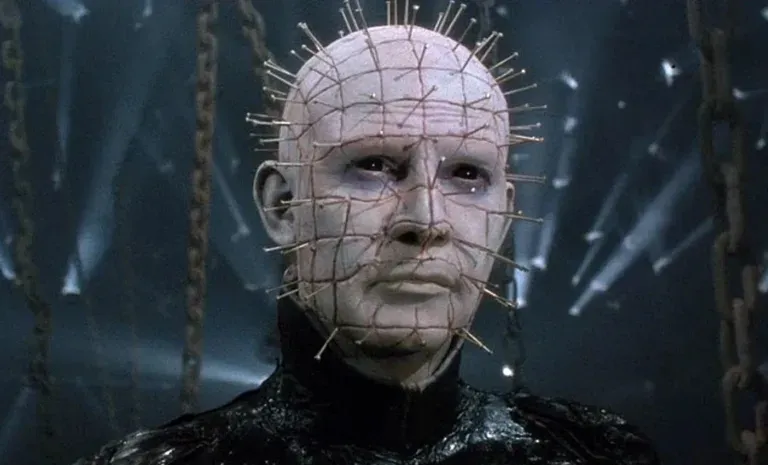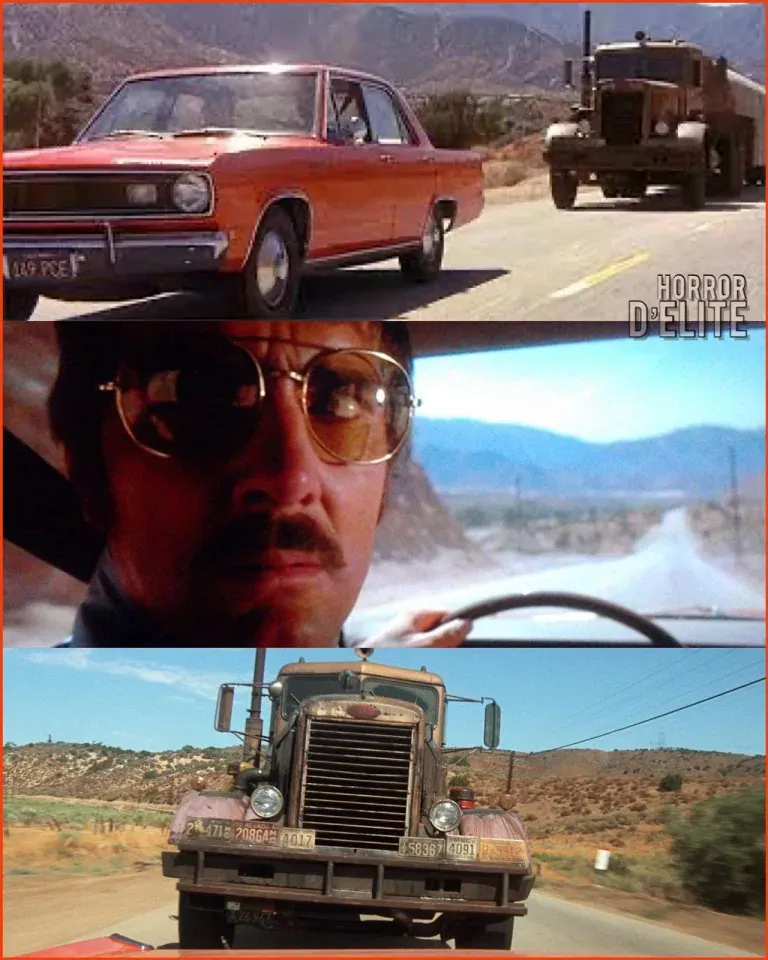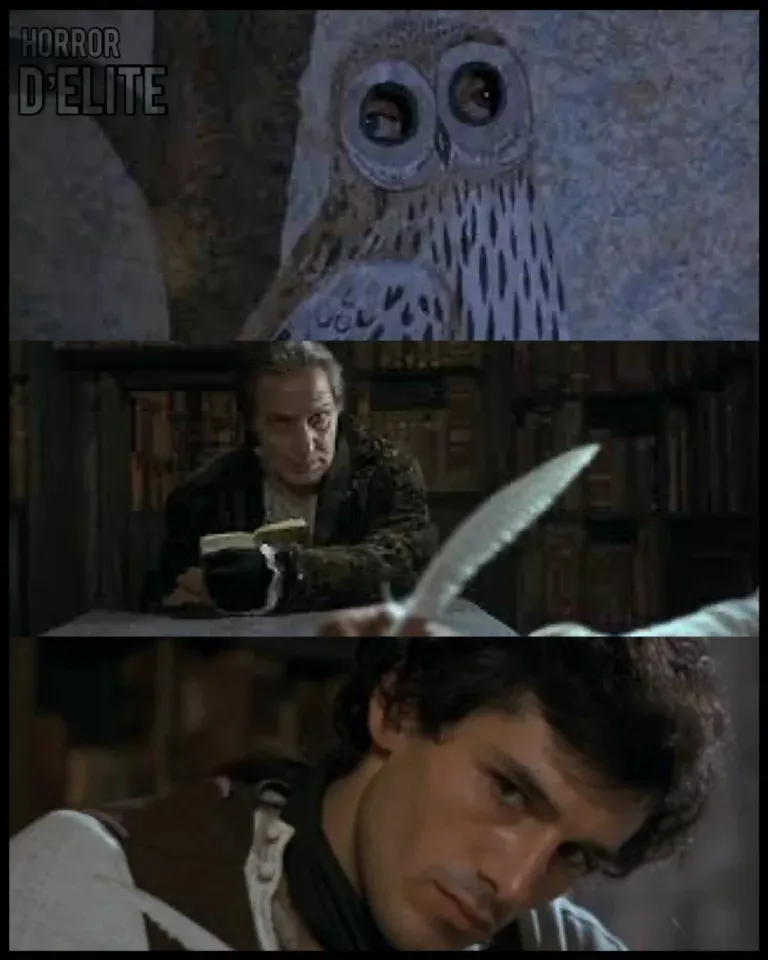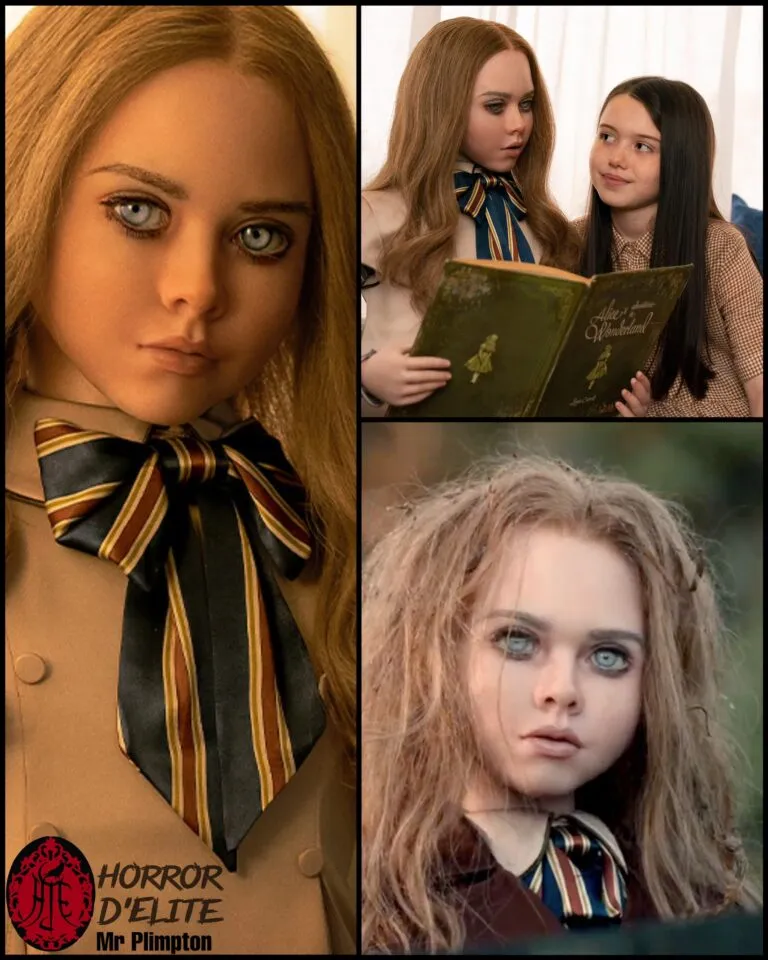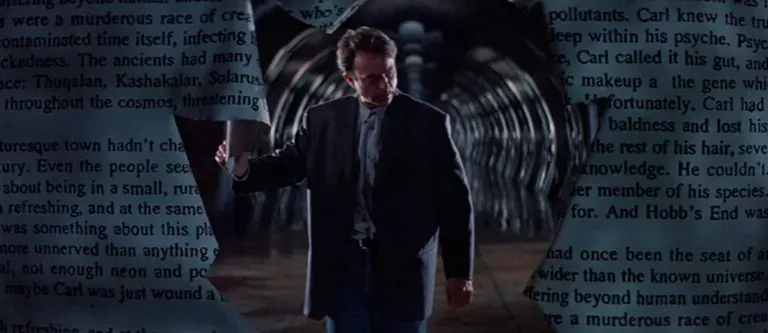An American Werewolf in London
An American Werewolf in London
John Landis (1981)
Two American tourists are attacked by a wolf on the English moor. One of them survives and transforms into a werewolf.
Quote.
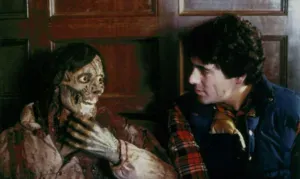 “Do you think it’s normal to be sitting in a porn theater at Piccadilly Circus talking to a corpse?! I’m glad to see you, Jack.” (David talking to Jack)
“Do you think it’s normal to be sitting in a porn theater at Piccadilly Circus talking to a corpse?! I’m glad to see you, Jack.” (David talking to Jack)
Beware of the Moon and Stay on the Road…
But what is so frightening and dangerous in the moor? Why does everyone warn David and Jack to stay on the main road? What dark secret do the locals who gather at the “Slaughtered Lamb” pub keep hidden? 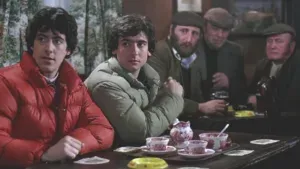 Everyone seems to know, and all are incredibly hostile toward the two tourists. Although the innkeeper tries to lighten the tension in the room by telling a joke, things don’t improve much. “Why is there a star drawn on that wall?” Jack asks. Silence falls, and the two are thrown out. They find themselves alone, on the road, at night.
Everyone seems to know, and all are incredibly hostile toward the two tourists. Although the innkeeper tries to lighten the tension in the room by telling a joke, things don’t improve much. “Why is there a star drawn on that wall?” Jack asks. Silence falls, and the two are thrown out. They find themselves alone, on the road, at night.
Reflections.
John Landis directs and writes the screenplay for a film destined to become a cult classic, known by everyone, at least by name. An American Werewolf in London stands out mainly for two aspects.
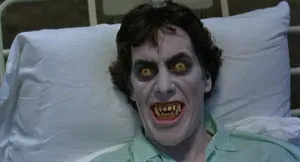 First, its ability to constantly balance between horror and comedy, making it difficult to classify. This characteristic makes the film truly unique and inimitable—sometimes too “scary” to be considered a comedy, and at other times, too “light” to be horror. In any case, it’s highly captivating and recognizable.
First, its ability to constantly balance between horror and comedy, making it difficult to classify. This characteristic makes the film truly unique and inimitable—sometimes too “scary” to be considered a comedy, and at other times, too “light” to be horror. In any case, it’s highly captivating and recognizable.
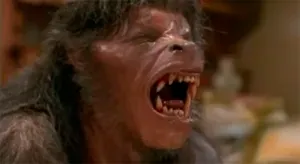 The second aspect is the special effects, rightly awarded with an Oscar. Here, Rick Baker, the makeup artist, deserves mention for performing true magic in visual terms. The famous transformation scene, showing the shift from man to wolf, hasn’t lost its appeal over the years and remains astonishing even today. It’s a sublime, impactful piece, shot without camera cuts. A true explosion of technique, innovation, and skill that must have shocked audiences at its release. Beyond that scene, there are many moments when the protagonist’s ravaged body is shown up close, in daylight. The result is always impressive, every time.
The second aspect is the special effects, rightly awarded with an Oscar. Here, Rick Baker, the makeup artist, deserves mention for performing true magic in visual terms. The famous transformation scene, showing the shift from man to wolf, hasn’t lost its appeal over the years and remains astonishing even today. It’s a sublime, impactful piece, shot without camera cuts. A true explosion of technique, innovation, and skill that must have shocked audiences at its release. Beyond that scene, there are many moments when the protagonist’s ravaged body is shown up close, in daylight. The result is always impressive, every time.
 And, amid all this, Landis manages to add a love subplot between a young nurse and David—a sort of hallucinatory take on “Beauty and the Beast” to add even more madness to the project.
And, amid all this, Landis manages to add a love subplot between a young nurse and David—a sort of hallucinatory take on “Beauty and the Beast” to add even more madness to the project.
An American Werewolf in London is thus a film that combines and blends contrasting elements. But it does so perfectly, maintaining coherence without ever becoming grotesque. For this reason, it has become a model and inspiration for many later works and helped redefine the werewolf figure. Also noteworthy is the soundtrack, filled with songs that feature the word “moon” in the title.
Conclusions.
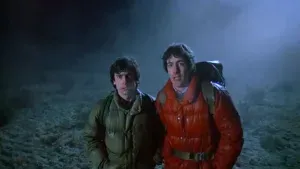 An American Werewolf in London was a major success with critics and audiences and has had a lasting impact on popular culture, inspiring sequels and tributes in other works. Landis’s film is not just horror but also a dramatic adventure and a reflection on fate and the irony of life—a classic that continues to be appreciated by generations of movie lovers.
An American Werewolf in London was a major success with critics and audiences and has had a lasting impact on popular culture, inspiring sequels and tributes in other works. Landis’s film is not just horror but also a dramatic adventure and a reflection on fate and the irony of life—a classic that continues to be appreciated by generations of movie lovers.
 Subscribe to our YouTube channel
Subscribe to our YouTube channel